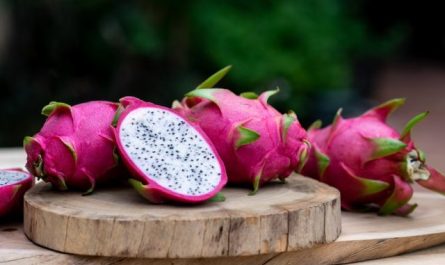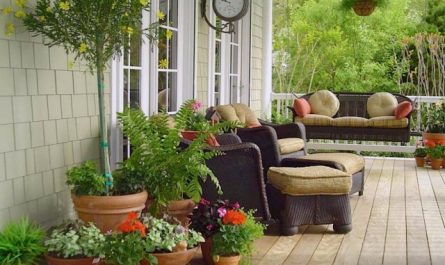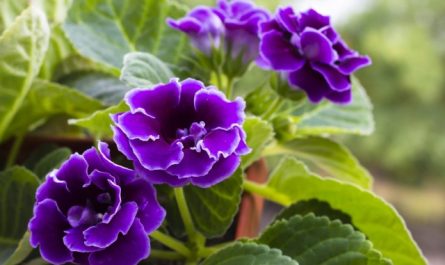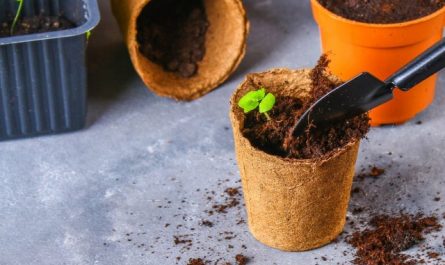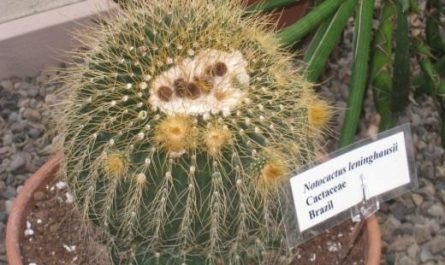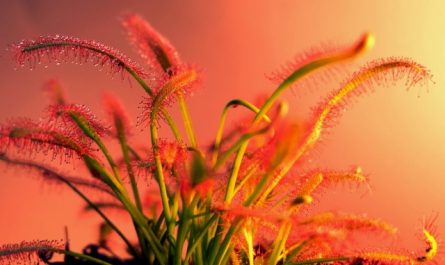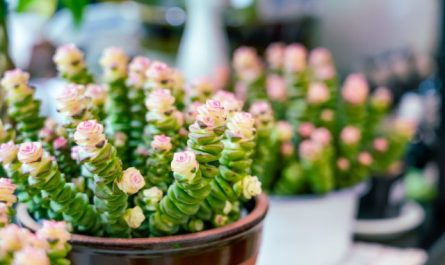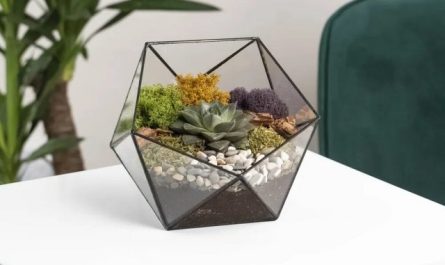Southerners cannot understand what indoor flowers mean for those who have a lot of winter. It is a piece of summer and sun that we have taken into our home. We relax with them with our souls, we cherish and pamper them. All the conditions are there – warmth, watering with warm, settled water, lighting, and feeding. And the window is washed so that the plants can see how it is outside.
It happens that despite all the care, the plant still withers. Well, not completely, it just lacks cheerfulness. I suggest considering the non-obvious reasons for the discomfort of pets.

Soil and temperature
There are no natives on our windowsills. That is, no plants from the middle zone. Because in winter they all sleep soundly and have no intention of breaking their schedule for us. The inhabitants of the windowsills are of tropical and subtropical origin. Moreover, they are not from subtropics like Sochi or Tokyo, but from such as Los Angeles or Sydney, closer to the tropics. Those from the outskirts of Tokyo are greenhouse plants, they are hot in apartments. These are azaleas, camellias, northern citruses.
The vast majority of our pets are used to growing in warm conditions and warm soil. Some need moist soil, some need dry but warm soil.
And on our windowsills it is often not so easy to provide plants with “warm feet” and the roots of plants do not feel well in soil whose temperature is lower than the surrounding air.

If water stagnates in the pot, it also cools down. In these conditions, the thin suction roots begin to rot and die. At the same time, the warm air from the radiators makes the crown of the plant evaporate a lot of moisture, requiring active work of the root system. And it slowly dies off… What cheerfulness is there!
If you insert a garden soil thermometer into the pot from the window side and find that the difference in air and soil temperature is more than 4°C, you must take measures to ensure that your pet does not suffer.
How to solve a problem
Different pets require different measures. For example, begonia, eucharis, gardenia, peperomia, episcia love “warm feet”. You can move them deeper into the room with lighting, or you will have to insulate the pots and windowsills. Packing foam is well suited for insulation (put it underneath and place it between the glass and the pot). The pot can be wrapped in insulation and placed in a larger flowerpot. Foamed polyethylene, dry moss, and foam rubber are suitable as insulation. After watering, be sure to drain the water from the tray – it will cool there and cool everything around.

It would be good for myrtle and citrus to equalize the air and soil temperature in the opposite direction – cooling the crown. They overwinter in the wild in cool conditions and warm indoor air is not at all useful for them. It is better to protect them from the radiator. As an option – expand the window sill with any durable material at hand and install containers with water closer to the edge of the window sill. Warm air will be cut off, evaporating water will increase humidity and cool the crown.
You can make reflective screens from cardboard and mirror (or white glossy) self-adhesive film. Then attach this screen along the edge of the window sill with the reflective part facing the plants. This will cut off the warm air from the radiators and add an additional volume of light, which will help the crown form more evenly. The pots still need to be insulated.
“Living” water
Florists know that the best water for irrigation is rainwater. But not everyone knows why. There are several preferential parameters.
- Rainwater has low hardness and contains almost no salts typical of groundwater.
- Unlike tap water, the acidity of rain water is slightly higher. The pH of the solution, from which everything is absorbed in the best possible way, is in the range of 5,2-6,2. Rain water has a pH of 5,5-6,2, tap water has a pH of 7,0-8,5.
- Rainwater is saturated with air. All its components – oxygen, nitrogen, carbon dioxide, etc. All this is very necessary for plant roots and soil micro-inhabitants, without which the roots cannot live.
What to do in an apartment where there is no rainwater and it is not expected?
It is advisable to settle and acidify tap water. Experienced gardeners always have a container of water for irrigation somewhere. During the settling period, the water warms up to room temperature and excess salts settle on the bottom and walls of the container.
There are many different ways to acidify:
- add succinic or citric acid (1 g per liter),
- natural apple cider vinegar (1 ml per liter).
It is convenient to use a digital pH meter for control and a syringe for dosing.
Dissolved air is vital for roots. In nature, soil inhabitants, small and not so small, provide roots with oxygen, nitrogen, carbon dioxide and much more. They dig passages, channels through which air circulates. Some microorganisms, settling on the roots, provide them with nitrogen. Soil biota also produces carbon dioxide, which, moving through the channels outward, creates traction, improving circulation.

Houseplants are deprived of most of this soil activity. Finding a worm, centipede or woodlouse in a pot is usually a reason to panic. And they were loosening the soil! They were looking for something to eat in the poor potting soil.
In general, the air exchange in pots is quite tense. Therefore, water saturated with air works wonders, giving the roots a long-awaited breath of air.
The easiest way to saturate the water with air is with a regular cheap aquarium aerator. Place the sprayer in a jar with settled acidified water and turn on the compressor half an hour to an hour before watering, depending on the volume.
Light, or How Knowledge of Geography Will Help
Much has been written about light and backlighting, but additional backlighting can affect plants in the most unexpected way. It is difficult for a gardener without geography. The origin of our windowsill pets can tell a lot about what requirements they have at the genetic level.

Here, for example, is Eucharis, an Amazon lily. It is of purely tropical origin, from the jungles of South and Central America, where there is no winter or summer as we understand it. But there are dry and wet seasons. And the length of the day is approximately the same: 11-13 hours. All the plant’s regimes are “tuned” to this. In the dry season, the plant lays flower buds (in warm soil!), and by the end of the rainy season, it blooms. With an 11-13-hour daylight, that is, in our conditions – at the beginning of autumn and spring.
You can also achieve winter flowering if, after the autumn, you give the plant a rest period with minimal watering and warmth for about a month and a half. And when the leaves begin to grow, add lighting (up to 12 hours), start watering and feeding. The plant does not need extra light, because not only a 12-hour day is important, but also a 12-hour night, which provides important hormonal processes. At the same time, the plant may perceive a night lamp outside the window as weak lighting and because of this, it will bloom worse or even not bloom at all.

The situation is different with fuchsia. The origin of many species involved in hybridization is subtropical. That is, there is already a change of seasons with a decrease and increase in temperature. And the length of the day fluctuates within a wider range (9,5-14,5 hours).
Therefore, in winter fuchsia requires cool temperatures, minimal watering and relatively short days. Its flowering period is timed to long days and short nights; in our conditions, it blooms from spring to autumn.

The New Year’s flowering Schlumbergera also has a tropical origin, South American. With a fairly uniform climate in terms of precipitation and temperature. The length of the day varies from 10,5 to 13,5 hours. Epiphyte, that is, grows without soil, the roots are content with the moist rich air of the tropical forest. This means that they require a lot of air, non-stagnant moisture and warm conditions. At the beginning of summer (they have it there, in Brazil, – November-December), with an increase in daylight hours to 13 hours, Schlumbergera begins to bloom. The optimal place for the plant in an apartment is indoors near a light source that shines for 12-14 hours. As already mentioned, plants do not need excess light.
Of course, it is impossible to create conditions in an apartment that are as close as possible to the “native” conditions for indoor pets. But at least try.




